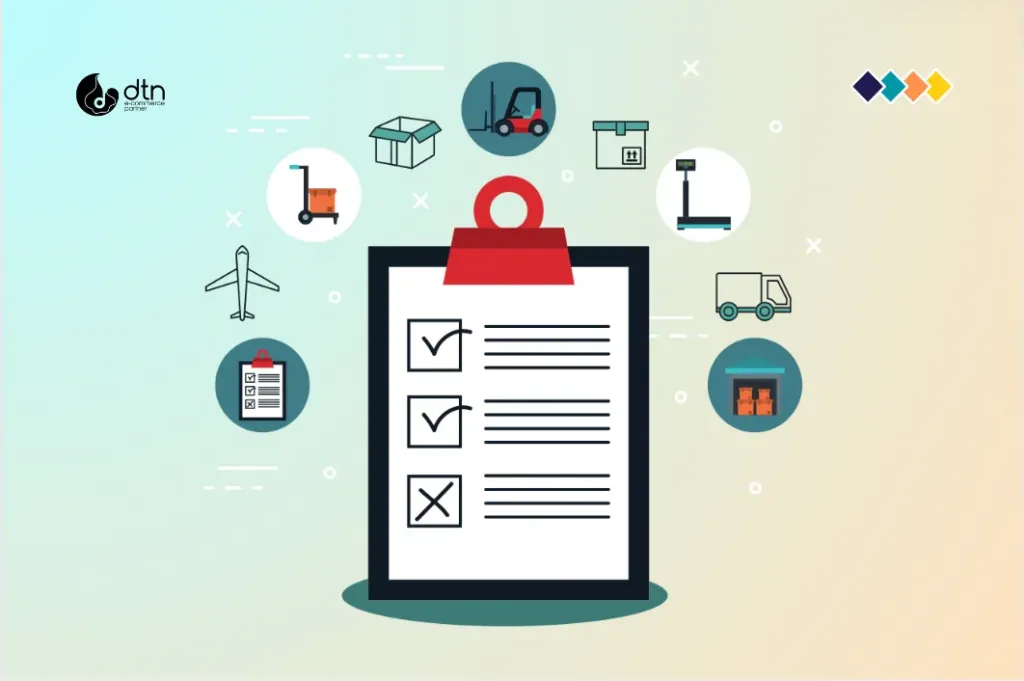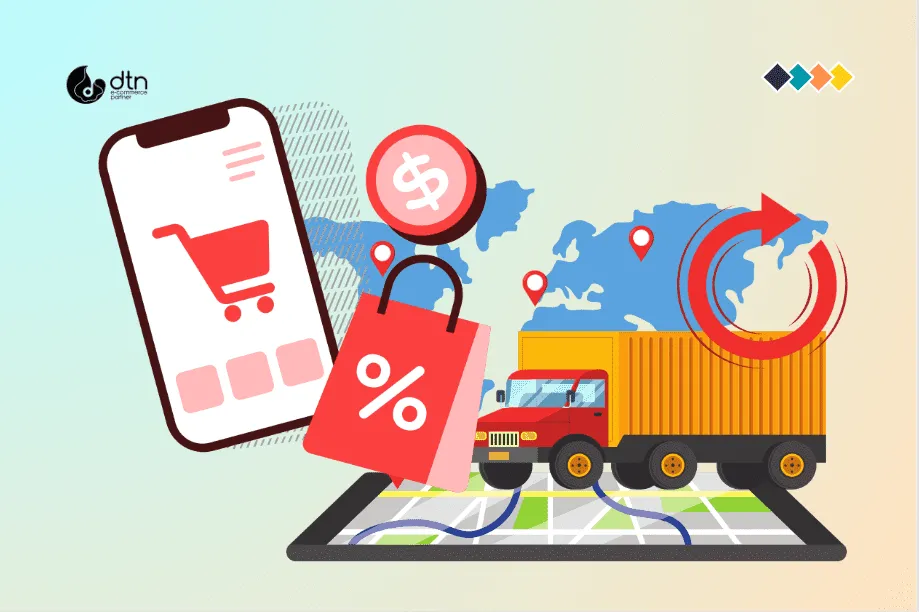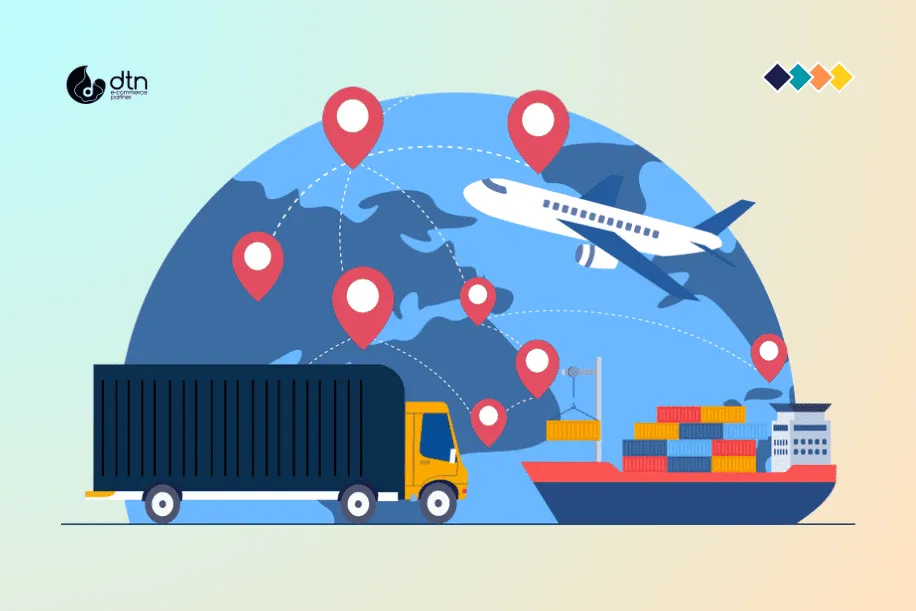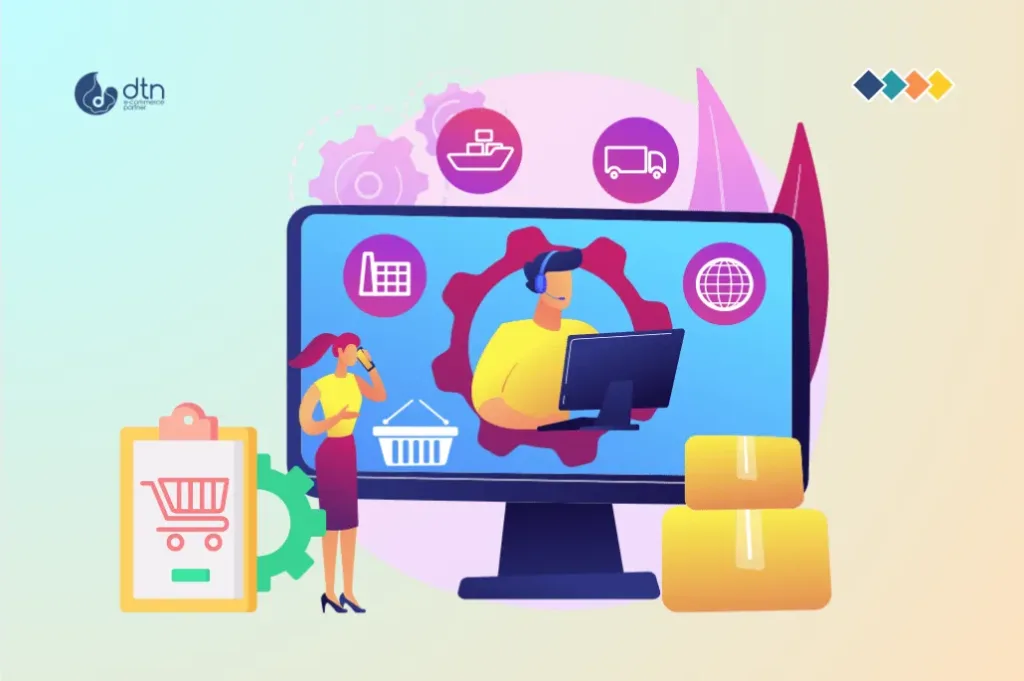Imagine a customer filling their cart with excitement, only to abandon it at checkout because shipping costs are unclear or delivery takes too long. Frustrating, right? In 2025, with global e-commerce sales soaring past $6.8 trillion (Statista.com, 2025), a smooth shipping experience is your make-or-break moment. Poor shipping options drive 70% of cart abandonment (Baymard.com, 2024), while a well-crafted strategy can boost customer satisfaction by 40% (ClickPost.ai, 2025). Drawing inspiration from top retailers like ASOS and Zappos, this guide walks you through setting up shipping options for your online store—whether on Shopify, WooCommerce, or Magento. Packed with practical steps, app integrations, and real-world examples, it’s designed for small business owners and marketers aiming to deliver fast, affordable, and delightful experiences that keep customers coming back.
Why Shipping Options Define Your E-commerce Success
Shipping isn’t just logistics—it’s a core part of your brand’s promise. Customers expect choice, clarity, and speed: 77% want delivery within two days, and 70% prioritise free shipping (SellersCommerce.com, 2025). Mess it up, and you lose sales; nail it, and you build loyalty that lifts average order value by 20% (DHL.com, 2025). Platforms like Shopify simplify setup, but the best stores go beyond defaults, using data-driven rates, automation, and customer feedback to stand out. Let’s dive into how to craft a shipping strategy that rivals industry leaders.
Step 1: Map Out Your Shipping Needs
Before touching your platform’s settings, understand your business’s unique demands to avoid costly missteps.
- Product Specs: Fragile glassware needs padded packaging; heavy furniture spikes costs. Measure weights and dimensions precisely for accurate rates.
- Geographic Scope: Domestic only, or global? International shipping adds customs complexity, but 30% of e-commerce revenue is cross-border (Shopify.com, 2024).
- Order Volume: Small shops can use carrier defaults; high-volume stores should negotiate rates or automate.
- Customer Priorities: Run a quick survey—do shoppers want cheap economy shipping or premium same-day options?
- Budget Balance: Keep costs low without sacrificing reliability—65% of shoppers check shipping fees before buying (ClickPost.ai, 2025).
A pet supplies store discovered its customers valued eco-friendly packaging over speed, so it prioritised sustainable couriers, boosting retention by 15%.
Step 2: Choose Carriers That Fit Your Goals
Your carriers are your delivery partners—pick ones that align with your needs for cost, speed, and reach.
- USPS: Budget-friendly for lightweight items (under 2kg) with First-Class or Priority Mail (2-3 days). Great for startups.
- UPS/FedEx: Reliable for larger packages or express needs—ground for savings, next-day for urgency. Ideal for mid-sized stores.
- DHL: King of international, with streamlined customs handling. Essential for global reach.
- Regional Couriers: Local players like Australia Post or Canada Post offer competitive rates for nearby deliveries.
- Niche Options: Same-day services like Postmates or eco-friendly carriers like Sendle appeal to specific audiences.
Pro tip: Test two carriers for six months to compare reliability and cost. A fashion retailer switched to DHL for international orders, cutting delivery complaints by 25%.

Step 3: Configure Shipping in Your Platform
Whether you’re using Shopify, WooCommerce, or Magento, setup follows a similar path but needs careful execution.
- Carrier Integration: Connect via APIs for real-time rates and labels. Shopify’s Shipping app or WooCommerce’s ShipStation plugin automates this.
- Define Zones: Set regions (e.g., UK, EU, North America) to apply tailored rates—free local shipping, tiered international fees.
- Choose Methods:
- Flat Rate: Fixed £5 per order, simple but risky for heavy items.
- Weight-Based: Scales with package weight (e.g., £2/kg).
- Real-Time Rates: Pulls live quotes from carriers—most accurate but needs integration.
- Dimensional Weight: Accounts for size, critical for bulky goods like pillows.
- Add Extras: Include £1-2 handling fees for packaging or optional insurance for high-value items.
- Free Shipping: Offer over a threshold (e.g., £50) to lift orders—42% of purchases involve free shipping (SellersCommerce.com, 2025).
A jewellery shop set up Shopify’s real-time rates with USPS and offered free shipping over £75, increasing average orders by 10%.
For customer retention, pair with our Shopify account management guide.

Step 4: Optimise for Cost and Customer Happiness
A one-time setup won’t cut it—optimisation keeps you competitive.
- Monitor Rates: Carriers tweak prices quarterly; review via Shopify Analytics to avoid overpaying. Aim for 15-20% markup to cover costs.
- Negotiate Deals: High-volume stores (100+ orders/month) can secure 10-30% carrier discounts. Contact UPS or DHL account managers.
- Smart Packaging: Use right-sized boxes to cut dimensional fees; eco-options align with 60% of shoppers’ sustainability preferences (DHL.com, 2025).
- Automate Processes: Apps like Easyship batch labels and sync tracking, saving hours weekly.
- Feedback Loop: Add a post-purchase survey to gauge delivery satisfaction—75% of customers value clear tracking (ClickPost.ai, 2025).
An electronics brand optimised packaging with slimmer boxes, saving 12% on shipping while maintaining premium unboxing vibes.

Practical Tips to Elevate Your Shipping Game
- Test End-to-End: Place a test order to catch rate errors or checkout glitches before launch.
- Use AI Insights: Shopify Magic or ShipBob’s analytics predict demand, optimising stock placement and cutting rush fees.
- Offer Variety: Economy, standard, and express options cater to all budgets—upsell speed at checkout.
- Communicate Clearly: Auto-send tracking links via email or SMS to reduce “where’s my order?” queries by 30% (Zendesk.com, 2025).
Q&A: Setting Up Shipping Options for Online Stores
Why are shipping options critical for e-commerce success?
They shape customer trust and retention—70% of carts are abandoned due to poor shipping experiences (Baymard.com, 2024).
What factors should I consider when setting up shipping?
Product weight/size, geographic reach, order volume, budget, and customer expectations for speed or cost (ClickPost.ai, 2025).
How do I choose the best shipping carriers?
Match to your needs: USPS for light/domestic, UPS/FedEx for speed, DHL for international, or regional for local savings.
What are the steps to configure shipping on platforms like Shopify?
Integrate carriers, set zones and methods, choose rate types (flat, weight-based, real-time), and add fees or insurance.
How can I optimise shipping for cost and efficiency?
Audit rates, negotiate discounts, use efficient packaging, automate with apps, and act on feedback—42% of sales tie to free shipping (SellersCommerce.com, 2025).
Conclusion: Build a Shipping Strategy That Wins in 2025
Setting up shipping options for your online store is your chance to deliver not just products, but delight. In a $6.8 trillion e-commerce market (Statista.com, 2025), a seamless strategy—blending smart carriers, real-time rates, and customer-focused tweaks—can boost conversions and loyalty. From startups to scaling brands, these steps, inspired by ASOS’s speed and Zappos’s clarity, ensure your shipping stands out.
Ready to transform your checkout? Test one new carrier or rate today and track the impact. Contact our e-commerce experts for tailored advice. Let’s make your shipping irresistible.
References
- Statista.com, 2025: https://www.statista.com/outlook/emo/ecommerce/worldwide
- Baymard.com, 2024: https://baymard.com/lists/cart-abandonment-rate
- ClickPost.ai, 2025: https://www.clickpost.ai/blog/ecommerce-shipping-statistics
- SellersCommerce.com, 2025: https://www.sellerscommerce.com/blog/free-shipping-statistics/
- DHL.com, 2025: https://www.dhl.com/global-en/microsites/ec/ecommerce-insights/insights/reports/2025-ecommerce-trends-report.html
- Shopify.com, 2024: https://www.shopify.com/blog/cross-border-ecommerce
- BigCommerce.com, 2025: https://www.bigcommerce.com/articles/ecommerce-trends/
- Zendesk.com, 2025: https://www.zendesk.com/blog/customer-service-stats/




